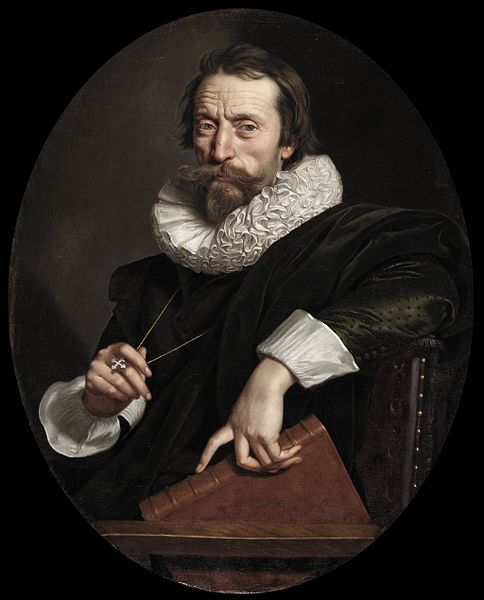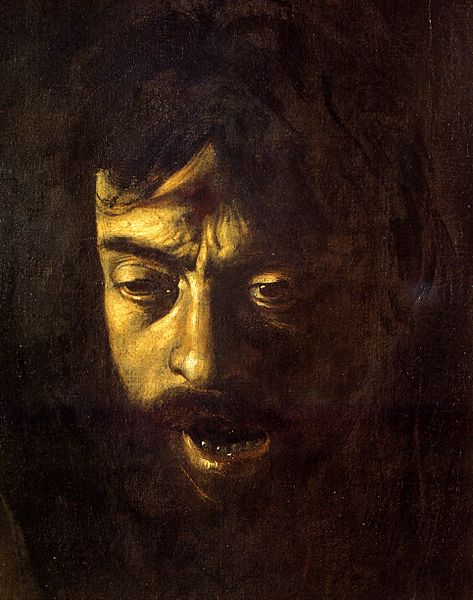
Frans Pourbus the Younger, Portrait of Giovanni Battista Marino, 1619, Detroit Institute of Arts. Source: Wikimedia Commons, public domain.
In his sonnet Sul proprio ritratto (di mano di Bartolomeo Schidoni) – published in 1620 within La Galeria, a collection of poems conceived as descriptions of, and dialogues with, figurative artworks – Giovan Battista Marino suggests that to depict his portrait a painter should employ the harshness of ice and fire, the terror of the shaded dark of night, the paleness of death, the imperfection of nature, and colours sharpened with whispers and tears.
Togli il rigor del gelo e de l’arsura,
e l’orror de la notte ombrosa e bruna
e ’l pallor de la morte insieme aduna;
fanne, se far si può, strana mistura;
prendi quant’ha la regione oscura
pene e tenebre eterne ad una ad una,
quant’ha d’amaro Amor, di reo Fortuna,
d’imperfetto e di misero Natura;scegli il tòsco de l’idre, accogli poi
de le sirti le spume, e tempra e trita
con sospiri e con pianti i color tuoi.
Cosí, Schidon, verace e non mentita
farai l’imagin mia. Ma, se tu vuoi
farla viva parer, non le dar vita.
This hyperbolic, cosmic expansion of the self-portrait maybe is not to be considered a proper caricature, but it testifies to a widened, intense use of overstatement in a symbolic perspective: the face is erased and almost melted in a witch-like potion of natural elements, to let a deeper existential and psychological truth emerge.

The head of Golia in Caravaggio’s David with Golia’s Head (1605-1606, Rome, Galleria Borghese) is often indicated as a possible self-portrait of the author. Source: Wikimedia Commons, public domain.
In the same period, proper caricatures are broadly deployed in satirical literature, addressing public vices or adding colour to disputes and quarrels between poets and artists, but their effectiveness and historical meaning are emphasised if they are connected to this more general, universal trend of deformation.
